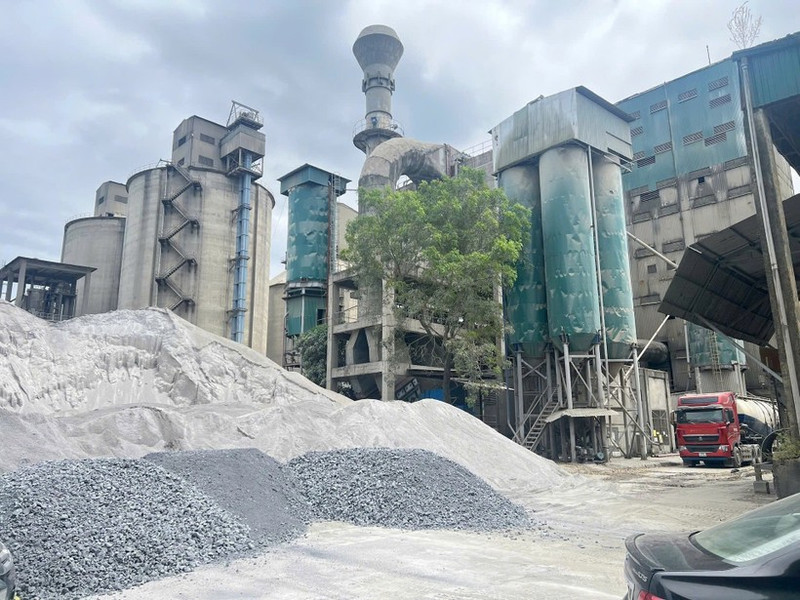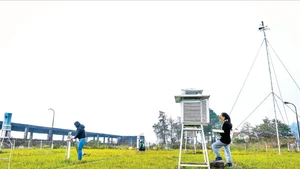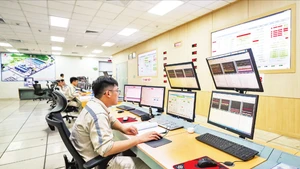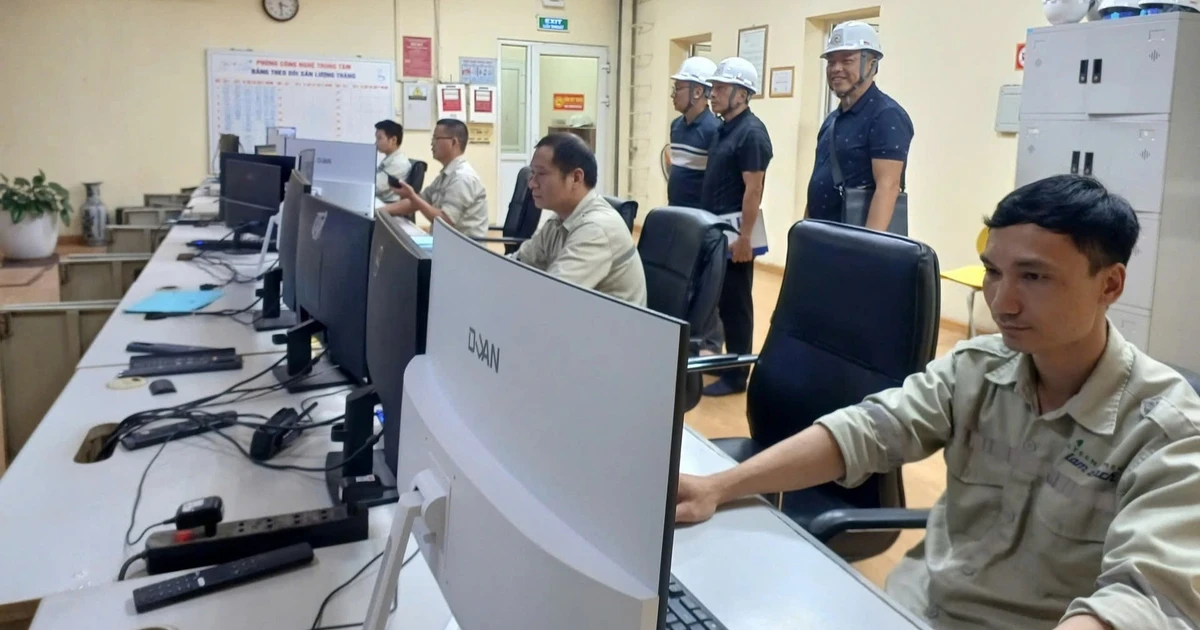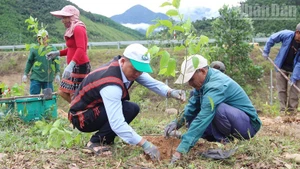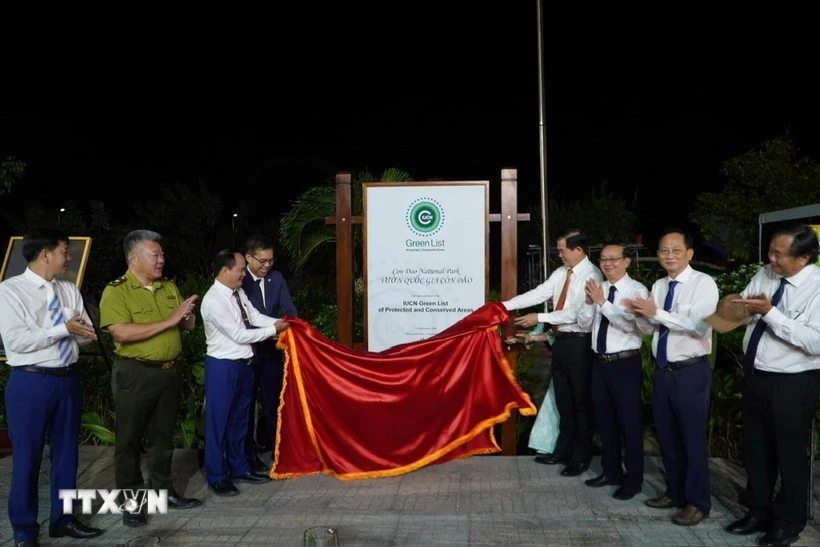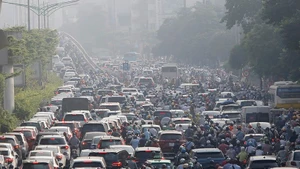Major bottlenecks
In recent years, the country has taken many important steps to lay the foundation for the green transition. However, these are only the “necessary conditions”, not the “sufficient conditions”, for achieving Net Zero on the scale of the entire economy. Long-term targets for 2050 have not been divided into binding medium-term milestones for each sector. Indicators such as the rate of renewable energy, limits on coal-fired capacity, maximum emission thresholds for the energy, transport, and industrial sectors by 2030, 2040 remain unclear in the legal framework.
In addition, the challenge of financial resources in realising Net Zero goals is also an issue warned by many experts. Transforming the energy structure, upgrading infrastructure, and innovating technology in high-emission industries all require huge capital. This requires mobilising many channels simultaneously: state budget, green bonds, ODA capital, Just Energy Transition Partnership (JETP), and risk-guarantee mechanisms to attract the private sector. However, the green finance tool system, though taking shape, is not synchronous, leading enterprises and people to continue to invest in assets and technological chains with high emission and long life cycles.
In terms of technique, greenhouse-gas measurement, reporting, and verification (MRV) capacity is also an important bottleneck. Under the Prime Minister’s Decision No. 13/2024/QD-TTg dated August 13, 2024, which updates the list of sectors and facilities required to conduct GHG inventories, Viet Nam’s 2,166 facilities must conduct GHG inventories from October 1, 2024. In reality, data in localities and enterprises have not been standardised; independent auditing and verification mechanisms, as well as a centralised database system, have been weak. If they are not improved, the emissions trading scheme (ETS) will be difficult to operate transparently and effectively.
In addition, the gradual reduction and even closure of coal-fired thermal power plants and the restructuring of heavy industries will certainly have a strong impact on employment, income, and livelihoods in many localities. In the inter-sector coordination mechanism, responsibilities between ministries, sectors, and between the central and local levels in implementing the Net Zero targets are not really clear, lacking a strong enough focal point to lead, monitor, and evaluate the emission reduction roadmap across the entire system. In particular, many non-energy sectors such as agriculture, transportation, etc. are only at the orientation stage, without a specific set of targets and solution packages, and not linked to binding assessment indicators (KPIs)
Suggested solution groups
Based on these identified barriers, Assoc. Prof. Dr. Luu The Anh, Head of the Institute of Natural Resources and Environment, Viet Nam National University, Ha Noi, proposes several groups of solutions to turn the Net Zero targets into concrete, measurable, and monitorable actions.
Firstly, it is necessary to legalise the medium-term roadmap and develop a set of targets for each industry and each period, establishing emission milestones for 2030 and 2040 linked to specific indicators such as total emissions, renewable energy rate, coal-fired power ratio, and emission intensity in key industries. The 2025–2030 period should strengthen ETS piloting; revising Power Development Plan VIII towards increasing the rate of renewable energy; establishing a transition support fund; and expanding green human resource training programmes. After 2030, coal-fired power ratio must be dramatically reduced, while expanding new technologies such as carbon capture, utilisation, and storage (CCUS).
A national data portal on emissions must be established urgently, integrating data from ministries, sectors, localities, and enterprises; standardising reporting templates according to Intergovernmental Panel on Climate Change (IPCC) recommendations; training MRV auditors; developing a widely recognised independent verification mechanism; and setting up a transition support fund combining state budget, environmental fees, green bonds, and international sponsoring.
Besides prioritising renewable energy development, it is necessary to invest in transmission grids synchronously, storage infrastructure, and improve stable, transparent power-purchase mechanisms, that is attractive enough to investors. The use of energy sources such as LNG or the research of new solutions such as hydrogen or small modular reactors must be carefully assessed. Technological innovation and circular-economy models should be promoted in high-emission sectors. In the cement and steel industries, it is necessary to promote energy-saving solutions, use alternative materials, and apply advanced technology. Finally, there are training programmes to restructure and improve skills for employees in the coal industry and high-emission industries; support policies during the transition period, and solutions to develop social infrastructure and create new livelihoods in affected areas.
